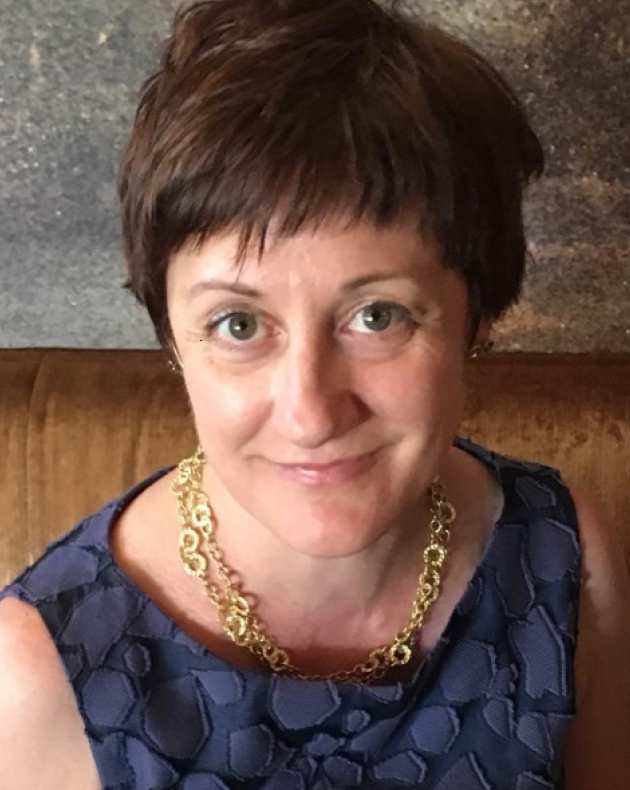Professor Giulia Di Nunno
The Department is delighted to welcome Professor Giulia Di Nunno as Nelder Fellow in 2018.
Elements of stochastic calculus and control for systems driven by time changed Levy noises
Lecturer: Giulia Di Nunno 
Course Abstract:
Time change is a powerful modelling technique. Its main idea stands in the representation of complicated stochastic structures by known processes with a changed time-line by another known stochastic process. In particular we shall deal with time changed Levy noises, e.g. doubly stochastic Brownian and Poisson type noises. In the presentation we deal with random fields on space-time.
Our interests rest in stochastic calculus, chaos structure and information, stochastic integral representations and stochastic differentiation. The first part of the course will be dedicated to the presentation of these topics. We shall apply then the results to backward stochastic differential equations and optimal control problems for dynamics driven by time-changed noises.
The motivations of our work and the examples are taken from stochastic finance.
The course is organized in 4 double lectures covering the following topics:
- Review on time change towards our interests. Examples taken from financial modelling.
- Analysis of the noise: chaos expansions and information structure
- Non-anticipating stochastic derivative
- Stochastic integral representations
- Elements of conditional Malliavin calculus: anticipating derivatives
- Clark-Ocone type stochastic integral representation
- Forward and backward stochastic differential equations driven by time changed noises
- Optimal stochastic control for time-changed dynamics: stochastic derivative and maximum principles
- Mean-field optimal stochastic control problem for time-changed dynamics
The Schedule for the lectures are as follows:
Monday 15th Oct 2018
- 9-11am in HXL140
- 1-3pm in HXL144
Tuesday 16th Oct 2018
- 9-11am in HXL341
- 1-3pm in HXL145
References:
- O.E. Barndorff-Nielsen and A. Shiryaev (2015). Change of Time and Change of Measure. 2nd Edition. World Scientific.
- G. Di Nunno and H. Haferkorn (2017). A maximum principle for mean-field SDEs with time-change. Applied Mathematics and Optimisation 76, 137-176.
- G. Di Nunno and S. Sjursen (2013): On chaos representation and orthogonal polynomials of the doubly stochastic Poisson process. In Stochastic Analysis, Random Fields and Applications VII, Progress in Probability, Vol. 67, pp. 23-54, Springer.
- G. Di Nunno and S. Sjursen (2014). BSDEs driven by time-changed Levy noises and optimal control. Stochastic Processes and their Applications, 124, 1679-1709.
- A.L. Yablonski (2007). The Malliavin calculus for processes with conditional independent increments. In Stochastic Analysis and Applications, pp. 641-678. Springer.
- Anatoly Swishchuk (2016). Change of Time Methods in Quantitative Finance. Springer
Audience:
The course is suitable not only for PhD students, but also interested postdocs and staff members mainly from the mathematical finance and statistics sections and the stochastic analysis group.
Speaker Biography:
Giulia di Nunno’s main interests are in stochastic analysis and calculus with applications in financial mathematics. She has worked in anticipative and non-anticipative stochastic calculus, differentiation, Malliavin calculus for jump processes, stochastic optimisation under insider and partial information.
Professor Giulia's website is availabe at: http://folk.uio.no/giulian/


